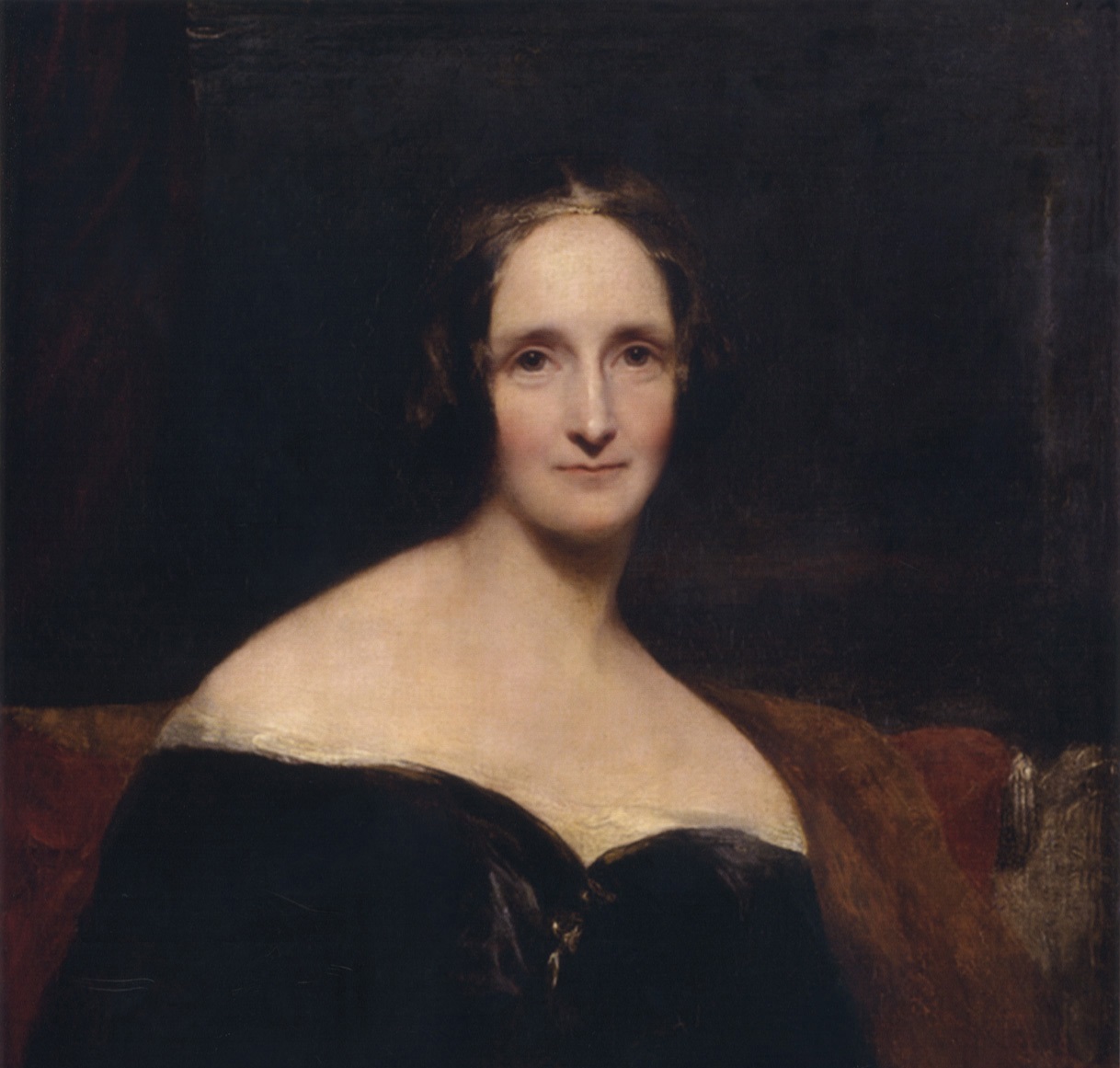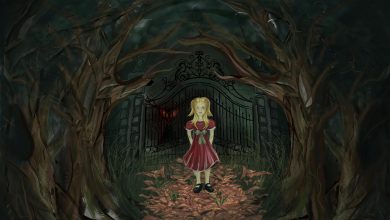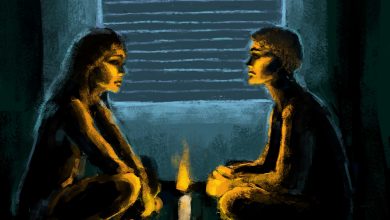Mary Shelley: Beyond “Frankenstein”

Image: Portrait of Mary Shelley by Richard Rothwell, available under Public Domain via Wikimedia Commons.
When people think of “Frankenstein,” the first thing that comes to their minds is the creature who has been a popular icon in fictional history, or the infamous Dr. Frankenstein himself. What people rarely know is that this iconic book, often hailed as the first scientific fictional novel, was in fact written by a woman.
That woman is the great Mary Shelley.
Writing “Frankenstein” and other famous novels such as “The Last Man” are not Mary Shelley’s only accomplishments, however. Considering the time period in which she lived, 1797-1851, it is not only impressive that she started a whole new genre, but it is even more impressive that she managed to do so during a time in which women were rarely educated. As the daughter of William Godwin and Mary Wollstonecraft, two of the most radical thinkers of their time, Shelley grew up with ideas of feminism and political restlessness.
Much of Shelley’s life was influenced by her scandalous affair with the man who would later be her husband: Percy Shelley. When Mary first met Percy, he was married to another woman, Harriet Westbrook, but Mary and Percy fell in love and eloped. Mary’s father disapproved, so she was faced with ostracism and debt for the foreseeable future.
Much of Mary Shelley’s life is thought to be reflected in her work. For example, in “Frankenstein,” the date that the creature is spotted is set in the same time when Mary Shelley was born. The novel also ends on September 12th, 1797, two days after Mary Wollstonecraft’s death. As analyst Anne K. Mellor states, “Mary Shelley thus symbolically fused her book’s beginning and ending with her own-Victor Frankenstein’s death, the Monster’s promised suicide, and her mother’s death from puerperal fever can all be seen as the consequence of the same creation, the birth of Mary Shelley the author.”
Another novel, “Mathilda,“ provides more of an insight on her relationships with her husband and her father. It was written in 1819, following the deaths of two of her children within nine months. Struggling with depression, the work reflects her anger, self-incriminations, and self pity, along with an analysis of her relationships. Mellor also writes that it is often thought “Mathilda” “calls into question the bourgeois sexual practices of her day,… which defined the young submissive, dutiful, daughter-like woman as the appropriate love-object for an older, wiser, economically secure and ‘fatherly’ man.”
“Mathilda” also highlights Shelley’s self examining, as it is filled with remorse, wretchedness, and death of consumption. This is noticeable when she writes, “having passed little more than twenty years upon earth I am more fit for my narrow grave than many are when they reach the natural term of their lives.”
Shelley’s last work, “Falkner,” is an appropriate finale to her writing. The protagonist is an agonized hero who struggles with internal conflicts created by love, domestic duty, an absent mother, the concept of fate and victimization, and the terror of the unknown.
Mary Shelley is more than just the author of the immensely popular and well-known novel “Frankenstein,” which inspired the creation of a new genre; she is also an intricate and deeply complex human being. She suffered through depression, self-doubt, and heavy loss, yet channeled those feelings into her written work. She left a mark on history, and will continue to live on through her works.




